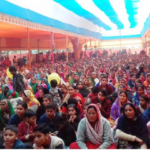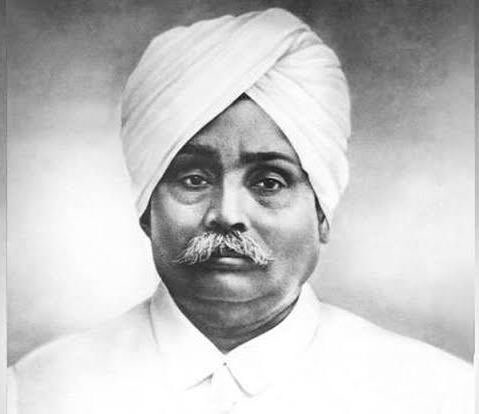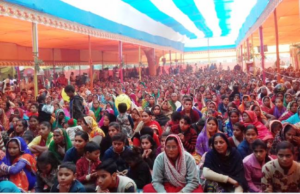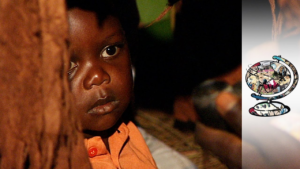For Lala Lajpat Rai, patriotism deserved a zeal no less than that for religion.The freedom fighter, part of the famous radical trio of ‘Lal, Bal, Pal’, is known as ‘Punjab Kesari’ or ‘The Lion of Punjab’. He was a lawyer, a prolific writer and also a leading freedom fighter who faced multiple stints in jail for his campaigns against the British Raj.
Born on 28 January 1865 in the village of Dhudike, Ferozpur, Rai belonged to the first generation of English-educated Punjabis.
His father Munshi Radha Kishan was a teacher and highly appreciated scholar of Persian and Urdu, while his mother Gulab Devi was a highly religious and spiritual woman who is said to have had a strong influence on him.
In 1880, Rai entered college to study law, and it is here that the freedom fighter was born. In college, he reportedly developed a deep friendship with Lala Hans Raj and Pandit Guru Dutt Vidyarthi, all three of whom were deeply inspired by the teachings of Arya Samaj, the Hindu reformist movement founded by Dayanand Saraswati in 1875. Rai joined Arya Samaj in December 1882, as his interest in Hinduism began to take on a nationalistic colour.
The three were ardent proponents of robust swadeshi infrastructure to wean Indians off British systems, and while Rai went on to co-found the Punjab National Bank in 1894, Hans Raj and Vidyarthi co-founded the ubiquitous DAV schools. In the early 1920s, Rai also set up the National College in Lahore, whose students would include Bhagat Singh and Sukhdev.
For the cause of freedom
One of the first leaders to take exception to Indian moderates, whom they saw as capitulating to the British, Rai was also inspired by the works of Italian revolutionary Giuseppe Mazzini.
Soon, he joined ranks with Bipin Chandra Pal and Aurobindo Ghosh from Bengal, and Bal Gangadhar Tilak from Maharashtra to call for ‘Purna Swaraj’.
In 1907, his involvement in the freedom struggle got him a six-month stint in a prison at Mandalay.
In 1914, keen to generate worldwide sympathy for the cause of Indian independence, Rai departed for Britain. He then went on to travel in the US as well, and returned to India only in 1920. That was also the year he was appointed the Indian National Congress president at the Calcutta session.
Rai was not pleased when Mahatma Gandhi called off the Non-Cooperation Movement after the Chauri-Chaura incident of 1922, and this divergence of opinion led him to split from the Congress.
He was also a supporter of the two-nation theory, saying that while Hindus and Muslims needed to unite to overthrow the British Raj, a separate nation for each would solve the greater purpose of peaceful coexistence.
An article Rai wrote in The Tribune on 14 December 1923, titled “A clear partition of India into a Muslim India and non-Muslim India” evoked much controversy.
Simon Commission
There was deep resentment in India in 1928 when the British sent the Simon Commission – which had no Indian as member – to effect constitutional reforms.
On 30 October 1928, Rai led a peaceful march to protest against the commission. However, British police officer James A. Scott ordered a lathi-charge and Rai was among the protesters injured seriously. He succumbed to his injuries on 17 November 1928.







More Stories
Hyderabad Movement when Arya Samajis came out against Nizam
Shikha Maitreya arrested for inciting people to sexually abuse newborn babies, has a YouTube channel named ‘Kunwari Begum’
Kamaladas: Poet wandering in the forest of lust